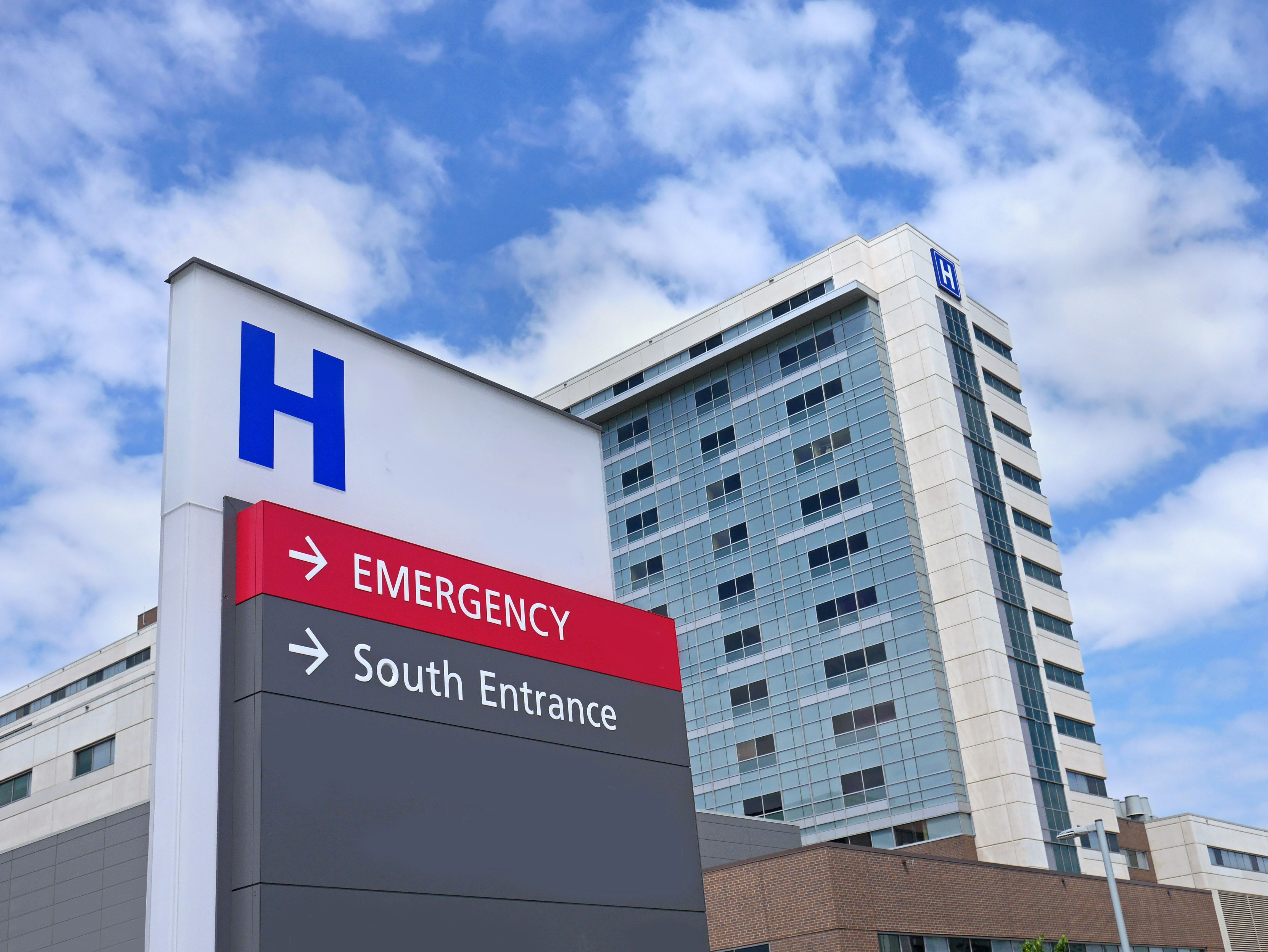News
Article
Facility Type Influences Antifibrotic Treatment Rates in Patients With IPF
Author(s):
Key Takeaways
- Antifibrotic treatment rates for IPF differ significantly between referral hospitals and general hospitals or clinics, with higher rates in referral hospitals.
- Many patients with mild IPF remain untreated, often due to mild symptoms, imaging findings, or oxygenation levels, regardless of the facility type.
A study in Japan found that antifibrotic treatment rates for patients with idiopathic pulmonary fibrosis (IPF) varied by medical facility, with higher treatment rates observed in referral hospitals than in general hospitals or clinics.
Antifibrotic treatment interventions for patients with idiopathic pulmonary fibrosis (IPF) differed by facility among those with good performance status (PS), according to a study published in Respiratory Investigation.1
Pirfenidone and nintedanib, 2 antifibrotic agents, were conditionally recommended for patients with IPF in 2015 clinical practice guidelines.2 Phase 3 trials showed that pirfenidone reduced disease progression in patients with IPF compared with placebo.1 Similarly, other phase 3 trials demonstrated that nintedanib slows the decline in forced vital capacity (FVC) and decreases the risk of acute exacerbation in patients with IPF.
Despite these benefits, an online survey of respiratory physicians across Europe found that 54% of those with IPF were not receiving antifibrotic therapy. The researchers noted that many untreated patients had mild IPF, indicating a lack of proactive treatment.
Conversely, some cases present challenges for initiating antifibrotic therapy, and poor PS can hinder treatment continuation; starting therapy in patients with preserved PS is preferable. Building on past research, the researchers surveyed general practitioners and respiratory physicians in Japan to determine the proportion of untreated patients with IPF and factors associated with nonintervention.
Antifibrotic treatment rates for patients with idiopathic pulmonary fibrosis (IPF) varied by medical facility, with higher treatment rates observed in referral hospitals than in general hospitals or clinics. | Image Credit: Spiroview Inc. - stock.adobe.com

The study was conducted at 23 medical facilities (9 clinics, 12 general hospitals, 1 university hospital, and 1 specialized respiratory hospital) in Yamaguchi, Japan, from December 2019 to October 2020. The researchers included patients diagnosed with IPF at the study facility.
Both physicians and patients conducted the surveys. Patients completed a 3-item questionnaire on PS, cough symptom severity, and the modified Medical Research Council (mMRC) scale. In contrast, physicians recorded patients' demographic data, clinical characteristics, and IPF diagnoses. They also recorded clinical examination data, treatment details, when treatment started, and why; for those who did not receive treatment, the physicians recorded the reasons why.
Physicians in the specialized respiratory and university hospitals also asked about the time from diagnosis at other facilities to referral, pulmonary function test (PFT) results, and Krebs von den Lungen 6 (KL-6) and surfactant protein D (Sp-D) values at the initial visit.
The researchers performed a principal component analysis (PCA) using 15 clinical variables, including age, sex, medical facility, body mass index (BMI), specialized tests, and symptom severity. In the PCA plots, the researchers evaluated the distribution of clinical variables vs antifibrotic treatment.
The researchers enrolled 518 patients with interstitial lung disease (ILD) in the study, 207 of whom were diagnosed with IPF. Among these 207 patients, 168 had a good PS, or a PS of 2 or less, which could indicate their treatment eligibility. Their mean (SD) age was 76.5 (8.2), and most (72.6%) were male. Also, 125 (74%) received treatment at a general hospital, 29 (17%) at either a specialized respiratory or a university hospital, and 14 (8%) at a clinic.
Of those with IPF, 39 (22.6%) received an antifibrotic drug. The PCA determined that the rate of antifibrotic treatment was significantly higher in referral hospitals than in clinics or general hospitals. Based on physicians’ questionnaires, most did not prescribe antifibrotic drugs due to mild symptoms, imaging findings, or oxygenation, with no differences between facilities.
However, for those who received antifibrotic drugs, the time from diagnosis to treatment in referral hospitals (16 cases) and general hospitals (20 cases) was a mean (SD) of 24.5 (35.7) and 35.5 (40.0) months, respectively; there were no significant differences.
The researchers found that treatment rates were significantly higher among patients with poor PS, higher mMRC scores, and long-term oxygen therapy (LTOT) users (P < .0001). Therefore, symptom severity is a relevant factor for therapeutic intervention decisions in general hospitals. Conversely, treatment rates in referral hospitals were not associated with PS, mMRC score, or LTOT use; symptom severity is not considered when deciding on therapeutic intervention in this setting.
The researchers acknowledged their limitations, one being that they conducted their study in a rural part of Japan rather than an urban area. Therefore, it cannot be considered an overall assessment of the country. Similarly, because it only analyzed patients within Japan, the findings may not be generalizable to other populations. Despite this, the researchers expressed confidence in their findings.
“Our findings indicate that further awareness of the indications for antifibrotic therapy in mild cases of IPF and collaboration between general and specialized hospitals are required,” the authors concluded.
References
- Asami-Noyama M, Hamada K, Asai Y, et al. Factors associated with non-intervention of antifibrotic agents in IPF patients. Respir Investig. 2024;62(6):1124-1131. doi:10.1016/j.resinv.2024.09.008
- Raghu G, Rochwerg B, Zhang Y, et al. An official ATS/ERS/JRS/ALAT clinical practice guideline: treatment of idiopathic pulmonary fibrosis. An update of the 2011 clinical practice guideline. Am J Respir Crit Care Med. 2015;192(2):e3-e19. doi:10.1164/rccm.201506-1063ST




